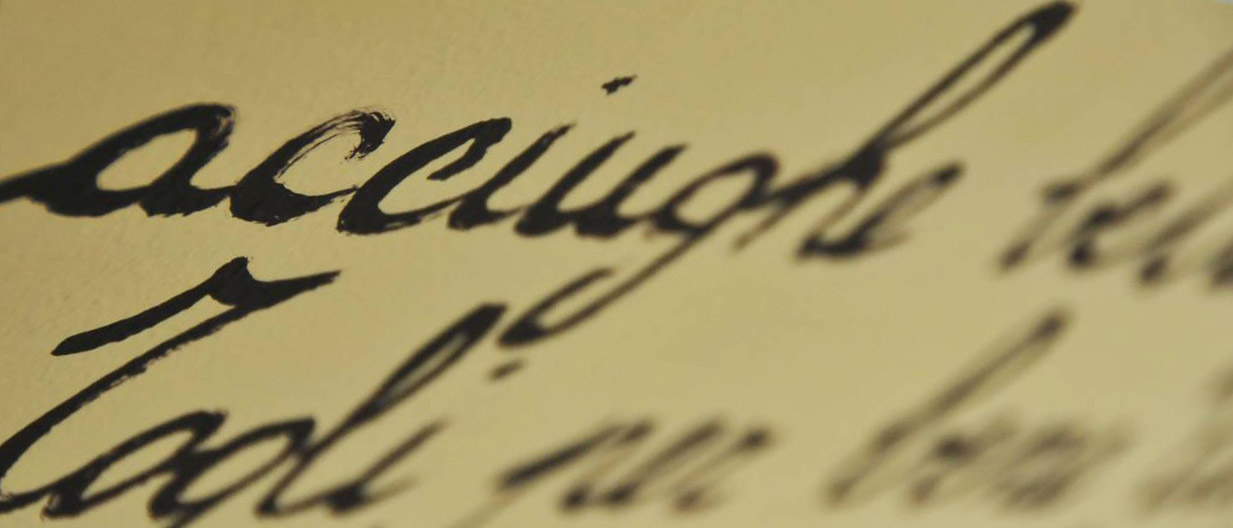The literal translation in English is “hot sauce” and it is one of the most typical dishes of the traditional Piedmentese cuisine, slow-cooked in a terracotta pot, it is made with oil, garlic and anchovies as a sauce for vegetable dishes-roast peppers-“cardi” (edible thistle) flan – or as a main course served as a dipping sauce for crudité of autumn vegetables.
If you’re planning to eat bagna caoda avoid having many meetings or social interaction the next day. The smell of garlic really permeates and lasts a long time in the kitchen and your breath!
I’ve written the recipe on the walls of the corridor in the red “rosso” apartment, copied from the book by Nico Orengo “Il salto dell’acciuga”. The writer uses very poetic language paying particular attention to the preparation and finding the right balance and harmony.
Method
- Garlic
- Salted or jarred anchovies
- Olive oil or extra virgin
- Autumn vegetables
- Milk
If you’re eating this as a main course calculate one head of garlic per person. Peel and remove the bitter green core of the garlic cloves, which has too strong a flavour, wash them and put them in a casserole dish, cover with milk and boil for 5 minutes. This step makes the garlic more palatable. Drain and put the boiled garlic in a casserole dish adding 2 anchovies for every head of garlic and cover with olive oil or even better, extra virgin olive oil.
Choosing the anchovies
You must pay particular attention to choosing the right anchovies, it’s better to use the salted ones of the best quality, rinsing the salt and removing the head and bones. The ready- use jarred anchovies, preserved in oil are fine but you’ll need to add a few more.
There needs to be a generous covering of oil and the slower the cooking process the better on a very low heat.
Cooking Method
The garlic must be cooked gently to avoid burning it or even worse that it would stick to the bottom.
Stir frequently, tasting to check that the flavours are balanced, adding more anchovies if necessary. You need to be able to taste both the garlic and the anchovies to the point of being a bit salty seeing that it will be served with raw vegetables in their natural state.
Cooking time is roughly a half an hour. The bagna caoda is cooked with the garlic comes apart with a fork and the anchovies have practically melted.
Mash the garlic cloves to give a smooth consistency to the sauce or you can blend with a hand-blender for a few seconds if you wish. If you like a more rustic result cut the raw cloves in slices and don’t mash them at the end.
The vegetables
When it comes to the accompanying vegetables you really are spoiled for choice:
- Thistles (cardo): only the very tender stems cut in pieces with the filaments or strings removed
- Peppers: raw or roasted
- Jerusalem artichokes: raw
- White cabbage: tender leaves or strips
- White “baby” leeks: tender, raw or cooked
- Onions: roasted
- Celery: raw
- Potatoes: boiled or roasted
- Chicory: raw
- Turnip: steamed
- Cauliflower: steamed
The ideal serving dish is a small terracotta bowl (as in the photo) under which a candle is placed to keep the sauce warm.
In my house when we organise a “bagna Caoda” night couples sit opposite each other and share a bowl between them.
Set out the sliced bread and vegetables in a way that everyone can easily help themselves, open a good bottle of red wine, ladle out the sauce, spear the vegetables with the tines of your fork dip them in the plentiful bagna caoda
Best eaten at a leisurely pace, chatting away!
When everyone has had their fill and there’s only a little oil or maybe a couple of pieces of garlic left in the bowls, the “done” thing is generally to cook an egg, absorbing the flavours .
Variations
Some people advise adding some cream, sliced Jerusalem artichoke or walnuts during the cooking to make the sauce a little more delicate or less robust. Make it your own, according to your own tastes, it’s up to you!
It’s unusual that a dish fundamentally made only with oil and garlic should be considered a typical Piedmontese dish, the more logical choice would be Liguria.
In fact it’s down to the merchant traders who brought goods from the coast (salted seafood, salt, olives and oil) along the “Via del Sale”, literally the salt trail, across the Alps to the confines of our valleys and further north to Vale d’Aosta, to trade for wine, chestnuts and cheese that have made this recipe accessible to our entire area. For centuries it was considered a peasant dish, now it’s a dish served at social gatherings and parties.










